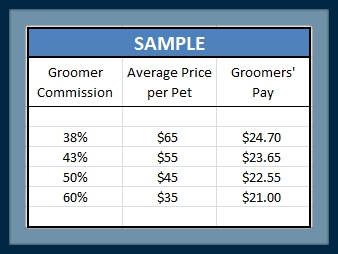After working professional in the pet grooming industry over 35 years, the only time I worry about dealing with clients is the Christmas holiday season.
 The two weeks preceding the actual day can be a chaotic mess. With Christmas shopping, decorating, baking, family gatherings, holiday socials to attend, and every regular client you have wanting to be booked as close to Christmas as possible . . . phew! December can be an exhausting month!
The two weeks preceding the actual day can be a chaotic mess. With Christmas shopping, decorating, baking, family gatherings, holiday socials to attend, and every regular client you have wanting to be booked as close to Christmas as possible . . . phew! December can be an exhausting month!
But, wait – t doesn’t have to be! Christmas organizing all year round will let you create that picture perfect holiday without nearly the stress.
Getting Organized & Ready
The Salon
- Is it clean – really clean? Floors, walls, kennels?
- Is the lighting up to snuff?
- Are your laundry machines working properly?
- Are the tubs draining?
- What are the conditions of your pet dryers?
- Are your blowing fuses on a regular basis in one outlet?
- Does your computer need to be de-bugged for a glitch free running machine?
- Do you have a stock pile of all the office supplies you’ll need?
- Are your blades shears all sharp and ready to go?
- Are your clippers operating smoothly?
- What is your stock level of all your dispensable products? Shampoos, conditioners, cologne, flea foggers, cotton balls, ear cleaner, etc.
- Are there plenty of towels on the shelves?
The Holiday Image
- Are your holiday decorations fresh and up-to date for your salon? Keep it simple and easy… pick a simple theme and work with it.
- Do you have your client’s gifts ready to go so they can easily be passed out when the client is having their pet groomed? Remember, expense isn’t the key, packaging is. Pay attention to the details.
- Have fun with festive accessories. Head gear, costume jewelry – anything that can bring a smile to someone else is a good thing.
- Are all your holiday bows special and pre-tied? Are bandanas ready to be attached to the pet?
- Do you have red and green nail polish that is actually usable? What about other colors?
- Do you have plenty of air freshener to lend a sparkle to the air without being overly powering?
- Music is everywhere – is your holiday collection handy or is there an ‘all Christmas’ station you can tune into?
- Have you brought extra clothing or makeup to freshen up after work before heading out?
- If you’re worried that you’ll be slow after the holiday season, do you have any grooming promotions for January and February that you can be handing out now?
fabric for bandanas, decorations, Christmas cards…
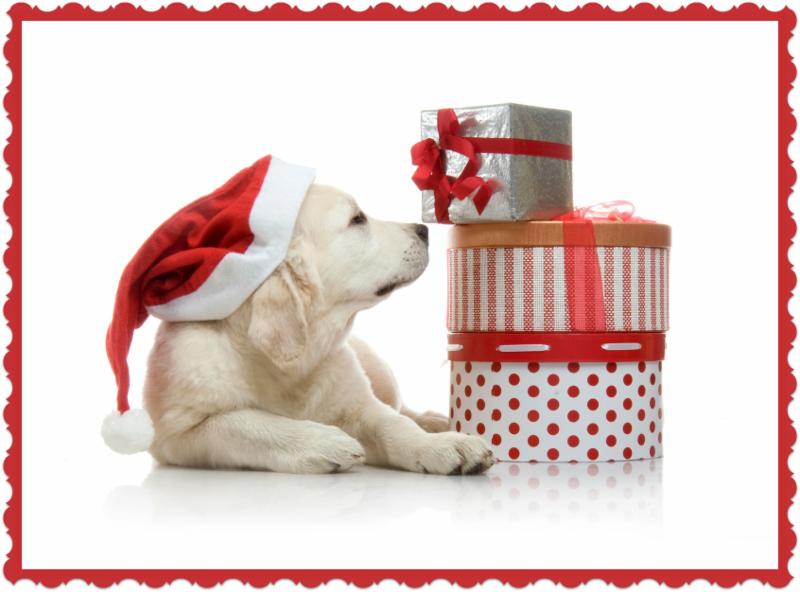 Getting Through the Dogs
Getting Through the Dogs
- What are the pros and cons of working extra hours?
- Should you take on new clients?
- Make sure all your regular clients have their holiday appointments BEFORE taking on new clients or ‘non- regulars.’
- Hiring extra help – is there something you can easily delegate with some basic training that would free you up to deal with clients? Cleaning? Answering the phone? Taking out the trash?
- Have you worked out a system to maximize the types of pets you take per stylist?
- Work out a drop-off and pick-up schedule that allows you to stay focused on grooming pets.
- Stay calm, cool, and collected no matter what happens during the course of the day.
- Set realistic time goals that push you, but stay on target. Use an egg timer if necessary or place a clock where you can’t miss it – no matter what.
- Use every speed trick in the book from prepping – to bathing – to drying – to trimming.
- When clients pick up their pet, are you offering a promotion to assist in re-booking 6 weeks down the road when it can traditionally be really slow?
Organization on a Personal Level
- Do you have a master list of all the things you need to do for the holidays? Is it broken down into smaller do-able chunks? What about a master gift list that’s simply updated year to year? Master Christmas card list? Weekly meal planner? Regular shopping tick-sheet list? For great inspiration go to www.organizedchristmas.com
- Are you are a store, catalog, or Internet shopper? Are you prepared to have ALL your holiday gift shopping done by December 15? What about the wrapping?
- As time gets closer, demands get greater and healthy meals go by the wayside… If you are in a city, do you have a full selection of menus at your fingertips? Who has great take-out that you quickly sweep in and grab on the way home or while you are at the shop? If you are a country dweller, is your freezer packed with great frozen meals that only require reheating whether homemade or store-bought.
- Does a messy house stress you out? Before is gets really busy, clean and organize the house or hire someone to help you… (or if you have kids, enlist their help.) Also think about having carpets cleaned, windows washed, or dropping you heaping laundry off at a laundromat, letting them do it for you.
- Do you need a masseuse or chiropractor to help you stay loose and limber ? If you do, book your appointment early.
 After the Holiday?
After the Holiday?
- Take the week off! Trust me – your clients don’t need you for the week between Christmas and New Year’s! Take that time and spend it on yourself and your loved ones! You’ve earned it.
With a little bit of pre-planning, you’ll be breezing through the holiday. It’s so much more enjoyable for everyone to be in a festive spirit instead of being the Grinch. Put some effort into setting yourself up to enjoy the best of the season – it makes the time fly by. And you might even get a few moments to relish this time of year!
Always remember, to be successful – to thrive – you need to put forth effort today so that your future will be bright.
Happy trimming !
~Melissa

 I saw this quote recently and it really got me thinking.
I saw this quote recently and it really got me thinking.
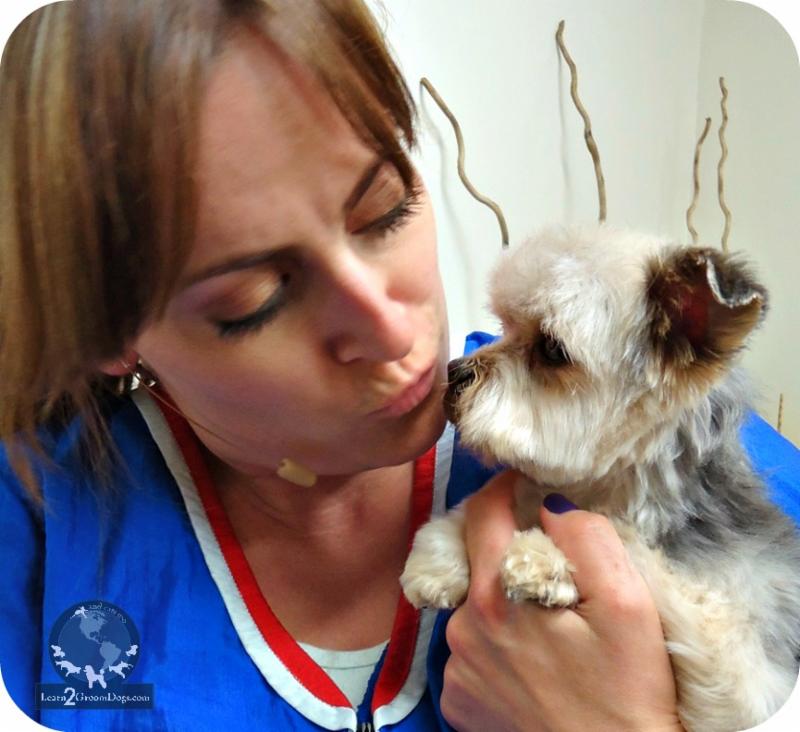 We all have different reasons why we love our careers. For most of us, our careers started because we were obsessed with dogs and cats. What a fabulous way to make money – doing something you enjoy. My guess is that many of you not only love animals, they’re also a hobby and a huge part of your lives. I know very few career opportunities that allow pet lovers to work in a field that they truly adore.
We all have different reasons why we love our careers. For most of us, our careers started because we were obsessed with dogs and cats. What a fabulous way to make money – doing something you enjoy. My guess is that many of you not only love animals, they’re also a hobby and a huge part of your lives. I know very few career opportunities that allow pet lovers to work in a field that they truly adore. There’s a big difference between grooming efficiently and grooming fast. Grooming efficiently involves doing a good job. Grooming too fast, in my eyes, translates to sloppy work. When I look at developing a grooming team or training new staff members, I always look for people who have the ability to focus and work efficiently.
There’s a big difference between grooming efficiently and grooming fast. Grooming efficiently involves doing a good job. Grooming too fast, in my eyes, translates to sloppy work. When I look at developing a grooming team or training new staff members, I always look for people who have the ability to focus and work efficiently.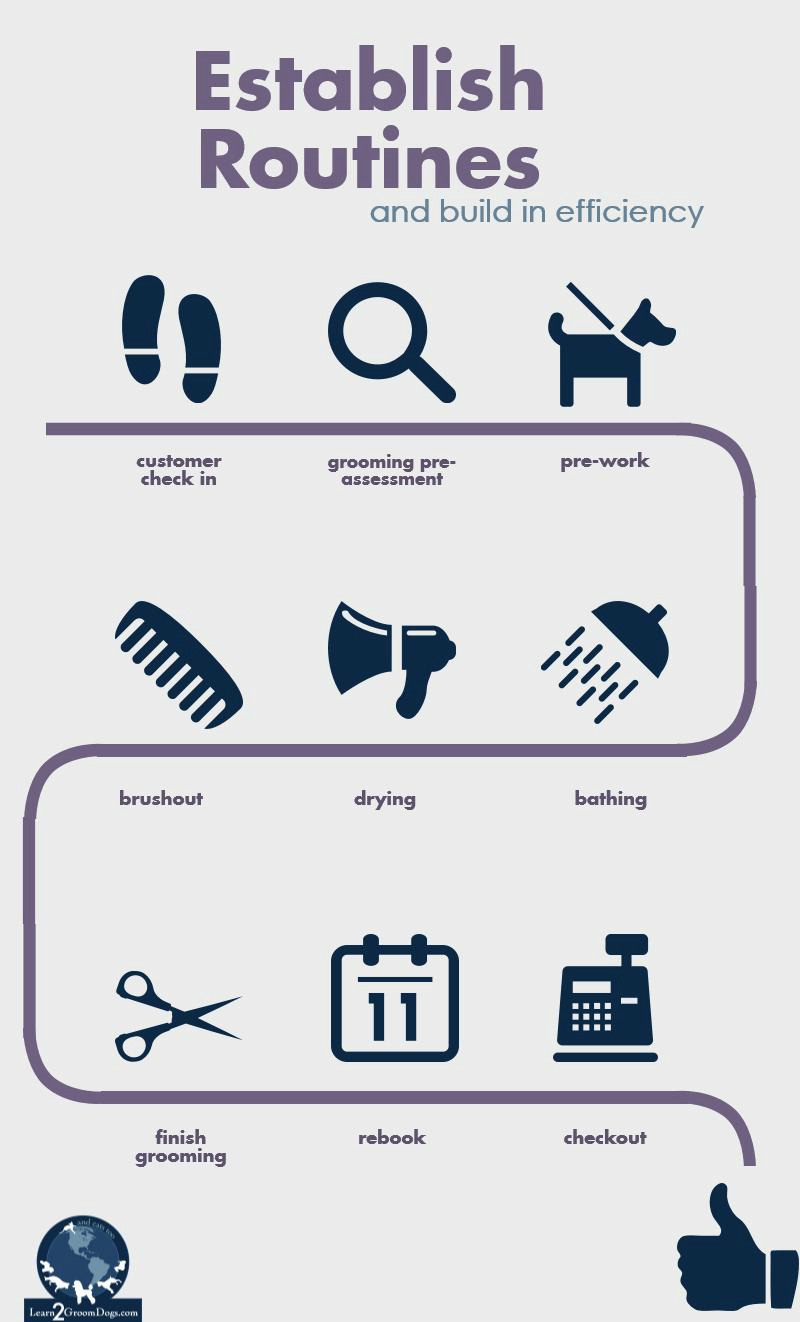
 But how do you feel when that appointment book has empty slots? Maybe you are just starting out on your own and have an open book. Maybe you are new to the salon and need to build a fresh clientele. Or maybe you have been at your salon for a while, yet you’re just not getting traction with repeat customers.
But how do you feel when that appointment book has empty slots? Maybe you are just starting out on your own and have an open book. Maybe you are new to the salon and need to build a fresh clientele. Or maybe you have been at your salon for a while, yet you’re just not getting traction with repeat customers.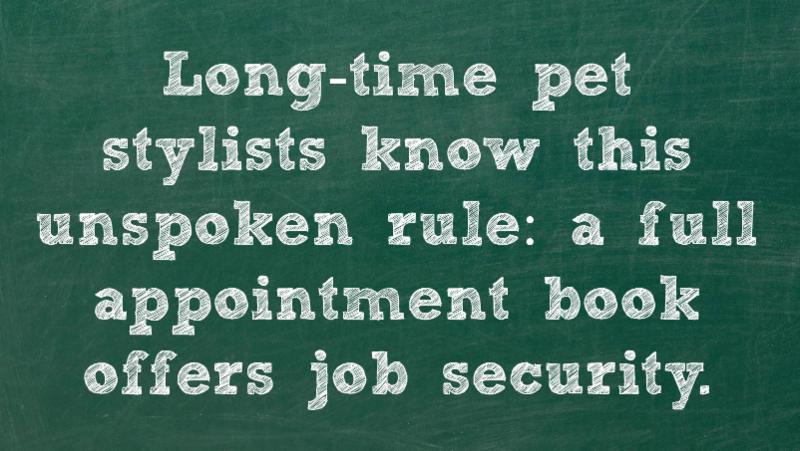 <
<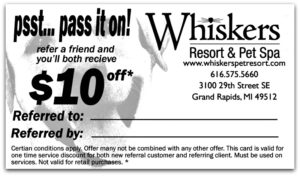

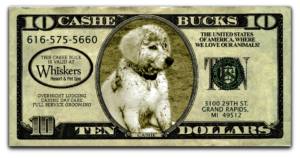

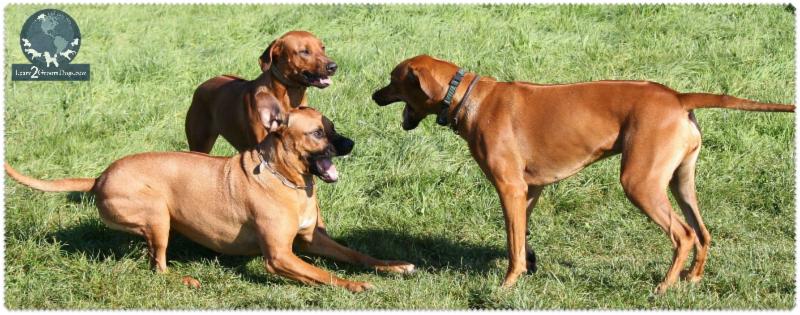 Some dogs receive clear directions from their owners. They have rules and boundaries at home. This makes them very easy to work with in a professional setting. Other pets will not be well-mannered in a professional setting. The personality quirks we all experience working with pets will vary from dog to dog.
Some dogs receive clear directions from their owners. They have rules and boundaries at home. This makes them very easy to work with in a professional setting. Other pets will not be well-mannered in a professional setting. The personality quirks we all experience working with pets will vary from dog to dog. Here is a collection of basic dog postures we see every day. Every position indicates a different attitude. This is by no means everything you will need to know about “reading” dogs. If you are working professionally with them, this is just the tip of the iceberg.
Here is a collection of basic dog postures we see every day. Every position indicates a different attitude. This is by no means everything you will need to know about “reading” dogs. If you are working professionally with them, this is just the tip of the iceberg.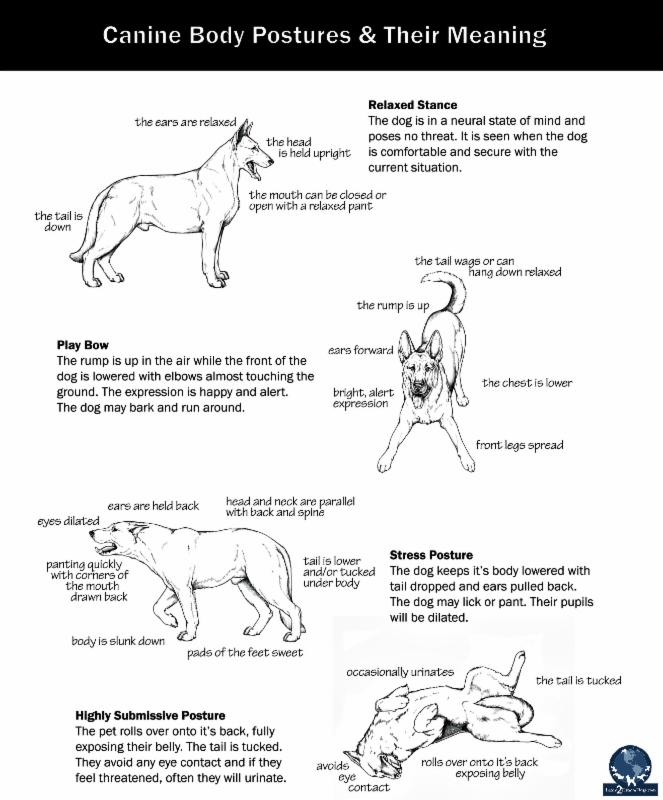
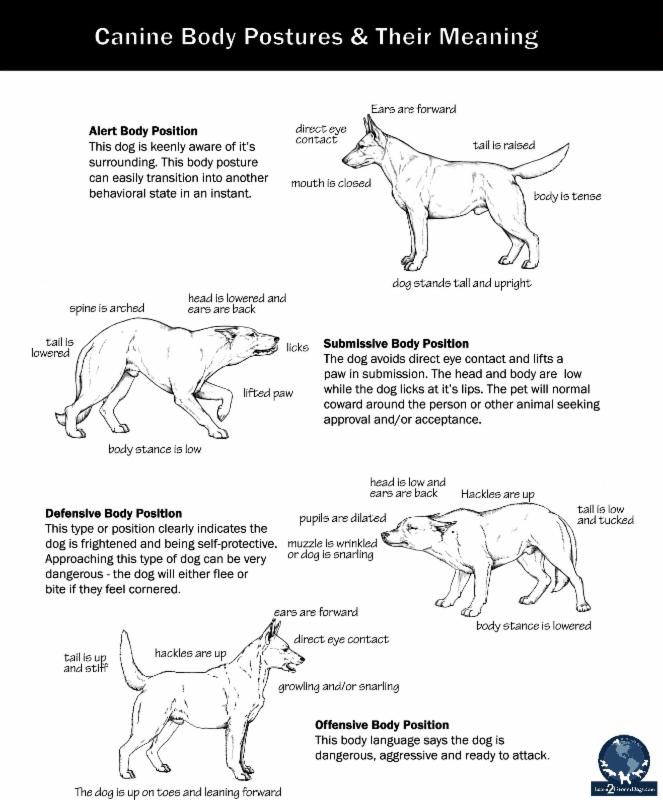
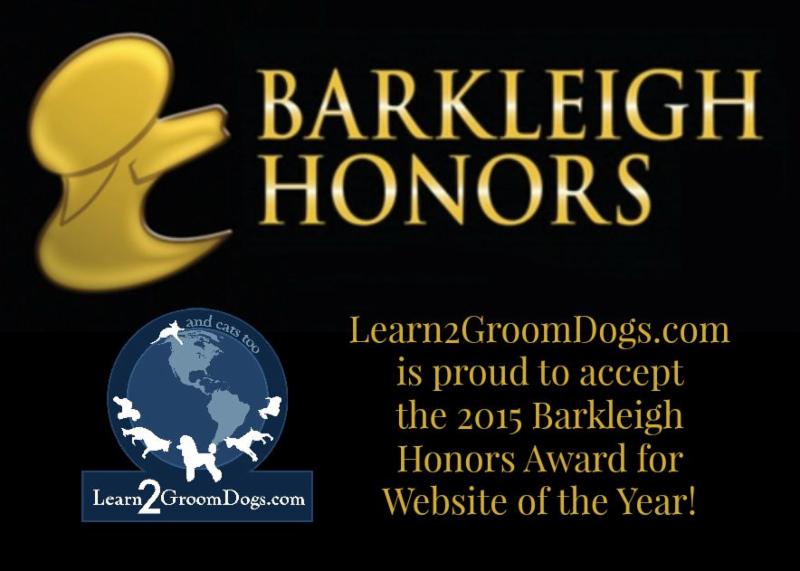 I knew video content brought clarity to the learning process. We had seen it ourselves with our training program at the
I knew video content brought clarity to the learning process. We had seen it ourselves with our training program at the 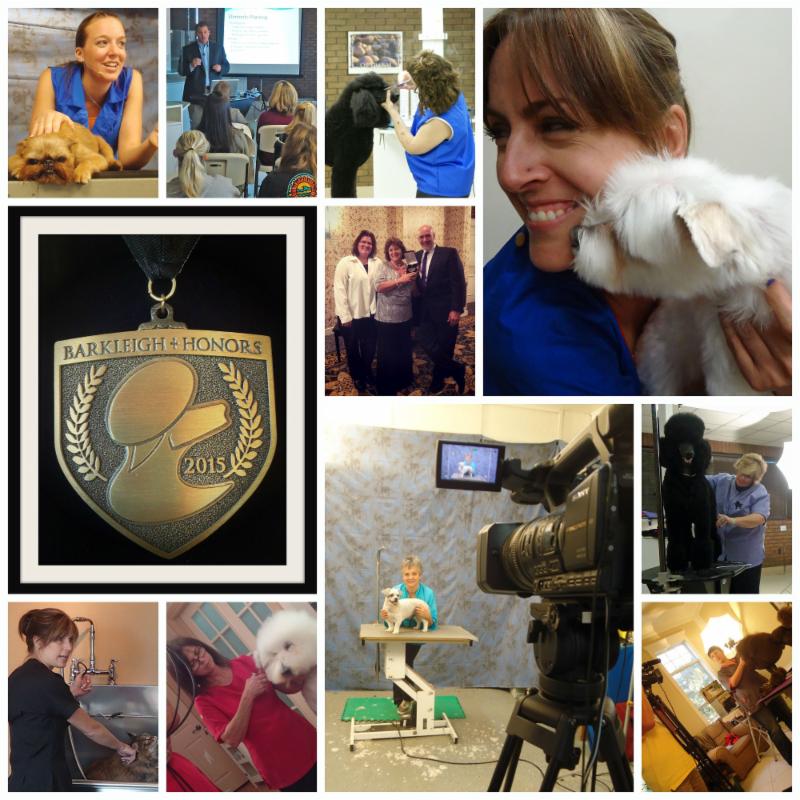 My jaw dropped. I knew I had found my answer.
My jaw dropped. I knew I had found my answer. Marc LaFleur: Co-Founder, Assistant Educational Resource Director, Film Director & Cameraman
Marc LaFleur: Co-Founder, Assistant Educational Resource Director, Film Director & Cameraman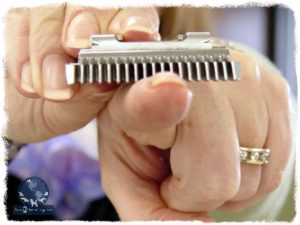

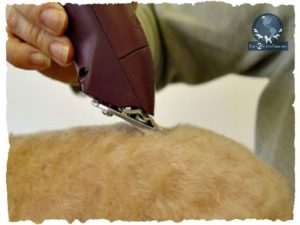


 After all the B&Bs are bathed, start bathing your trim dogs. Start with the pet that has the heaviest and straightest coat – something that can sit for a few minutes while you bathe your other dogs without risking the coat drying before you get to an active drying method. Let the dog sit in a warm place wrapped in a towel. No need to have air or a dryer on – just plenty of oversized towels with clips. This “wrap a pet” works best after you have thoroughly towel dried the dog.
After all the B&Bs are bathed, start bathing your trim dogs. Start with the pet that has the heaviest and straightest coat – something that can sit for a few minutes while you bathe your other dogs without risking the coat drying before you get to an active drying method. Let the dog sit in a warm place wrapped in a towel. No need to have air or a dryer on – just plenty of oversized towels with clips. This “wrap a pet” works best after you have thoroughly towel dried the dog.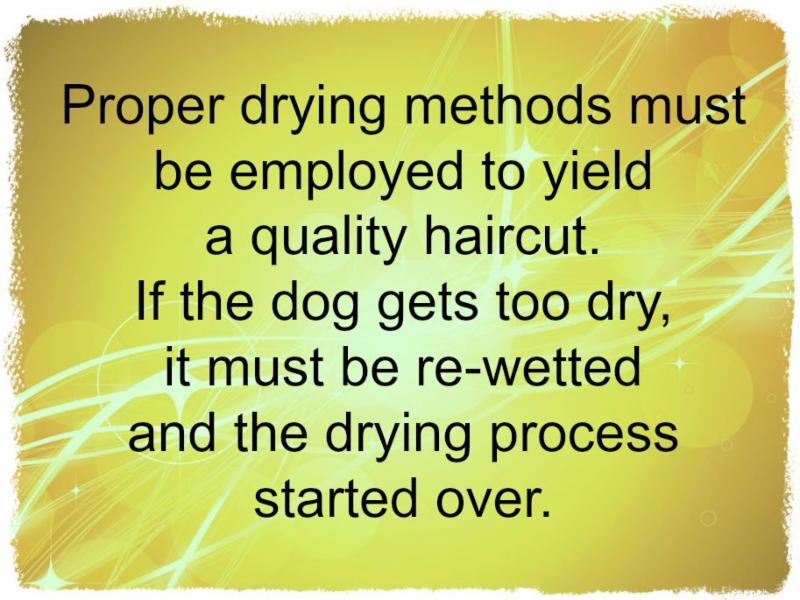 For most breeds, the goal is to remove kinks and curls in the coat. Some form of active drying is the only way to straighten the coat while adding lift and volume. On all but the curliest coats, the power from the warm airflow will lift, separate, and straighten the hair shaft for you when used correctly. A few of the curliest coats might benefit from fluff drying with a warmer dryer combined with brushing to get the coat really straight.
For most breeds, the goal is to remove kinks and curls in the coat. Some form of active drying is the only way to straighten the coat while adding lift and volume. On all but the curliest coats, the power from the warm airflow will lift, separate, and straighten the hair shaft for you when used correctly. A few of the curliest coats might benefit from fluff drying with a warmer dryer combined with brushing to get the coat really straight.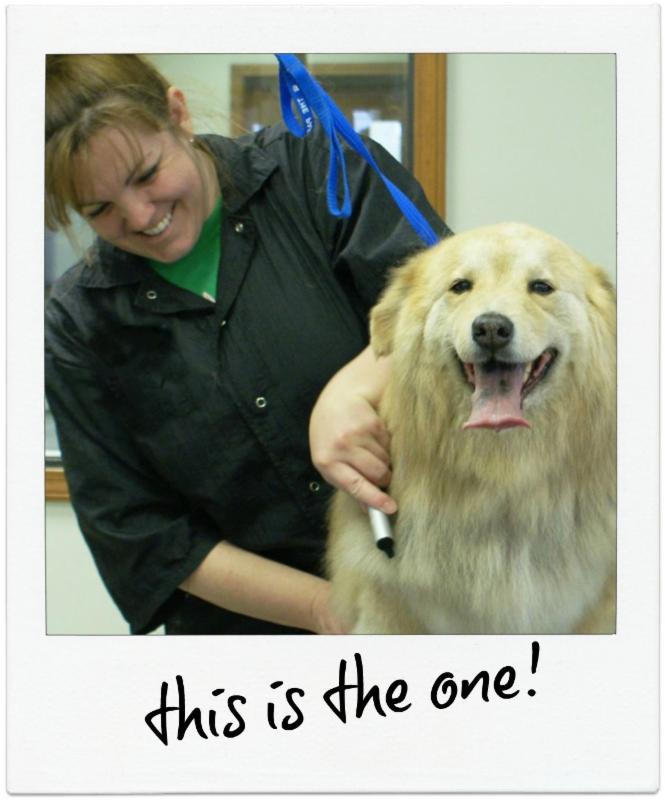 If yours is like most grooming salons, it’s next to impossible to hire the ready-made job applicant. It’s rare to find that person who will be everything you need, right away. Even if you do find great candidates, it’s still going to take work to bring them up to speed. To bring them in line with the way YOU do things in your business. To teach them your culture.
If yours is like most grooming salons, it’s next to impossible to hire the ready-made job applicant. It’s rare to find that person who will be everything you need, right away. Even if you do find great candidates, it’s still going to take work to bring them up to speed. To bring them in line with the way YOU do things in your business. To teach them your culture.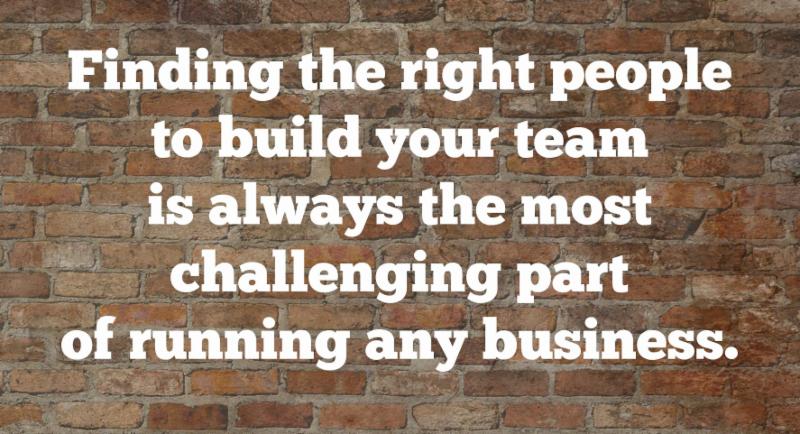 Observe how they work. Even with the most basic tasks like answering phones or washing dogs, many new hires need to be gently coached. Even if their skill level is weak, if they have the right attitude, you will be able to train them quickly. But you have to understand where they are in their current level of training. And the only way to learn that is by having them demonstrate their work.
Observe how they work. Even with the most basic tasks like answering phones or washing dogs, many new hires need to be gently coached. Even if their skill level is weak, if they have the right attitude, you will be able to train them quickly. But you have to understand where they are in their current level of training. And the only way to learn that is by having them demonstrate their work. If you’re going to work 2000+ hours per year, don’t you want to be doing something you are passionate about? In a place you enjoy? To be respected? Treated fairly? Providing a valuable service to clients? Of course you do. That’s what we all want.
If you’re going to work 2000+ hours per year, don’t you want to be doing something you are passionate about? In a place you enjoy? To be respected? Treated fairly? Providing a valuable service to clients? Of course you do. That’s what we all want. Goals & Standards
Goals & Standards